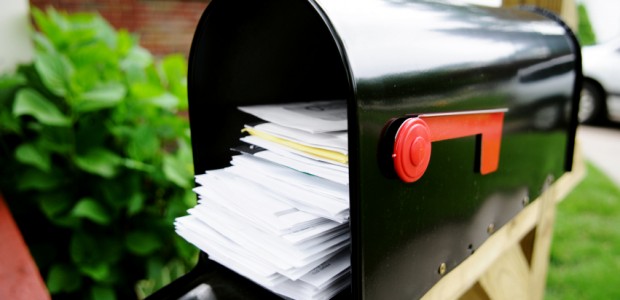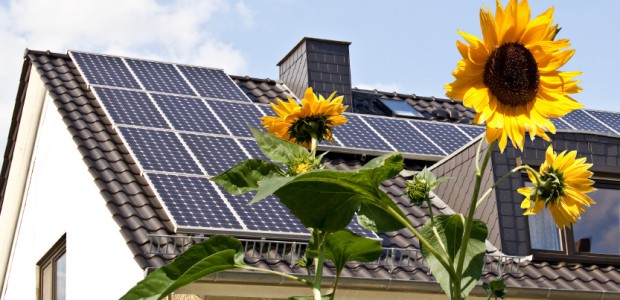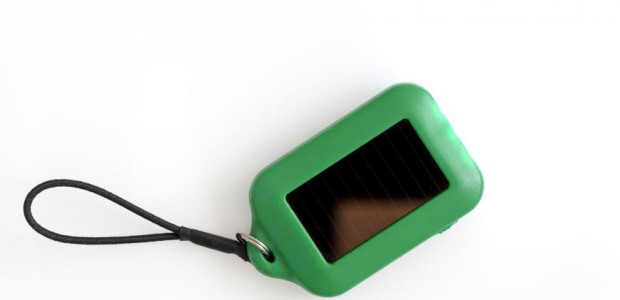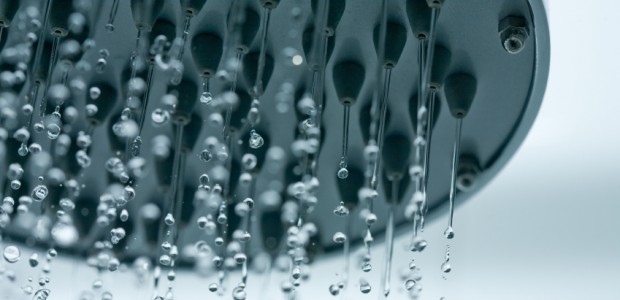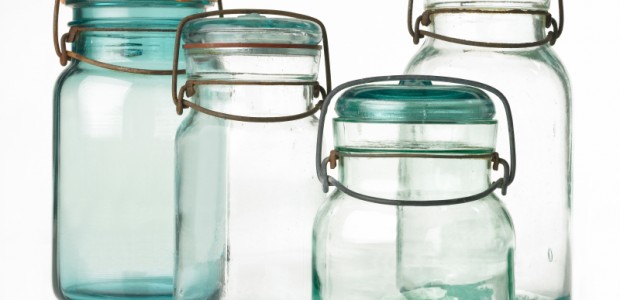Excess junk mail and paper waste… almost every household seems to have this problem. From credit card advertisements, free sweepstakes opportunities, magazine subscriptions you didn’t order, and of course the very popular free coupons. The coupons may come in handy. As for everything else, the likelihood of them meeting your paper shredder is definite. There are a few ways that you can decrease the pile of paper waste and junk mail in your home.
Unsubscribe Magazines and Newsletters: If you like receiving magazines or store catalogues, you can get these online. For example, if you have a Nook, Kindle, or iPad, these subscriptions can be continued digitally and without the use of paper. It would cost less as well to have your subscriptions electronically transferred to your portable reading device.
Opt-out: Sign up at the website optoutprescreen.com where you can remove your name and mailing address from the mailing list for credit card and insurance providers. This will definitely decrease the amount of junk mail you receive!
Avoid Sweepstakes and Contests: If you have entered a contest or sweepstakes online, which requires you to give the website your home address, you will receive a lot of junk mail! Those guys won’t let you off easy. They will want you to sign up for another contest or be part of a great deal in town! Try to avoid these sites.
Pay Bills Online: With current technology, banks, insurance companies, and other service providers have been able to give their customers the online bill pay option. Rather than receive your bill in the mail, you can sign up online to receive an alert when the time comes to pay a certain bill. After that, you can go to the insurance site or your online bank account and pay the bill! That makes less bills coming through the mail. Most banks are trying to promote the option of bill paper to decrease the amount of paper waste!
